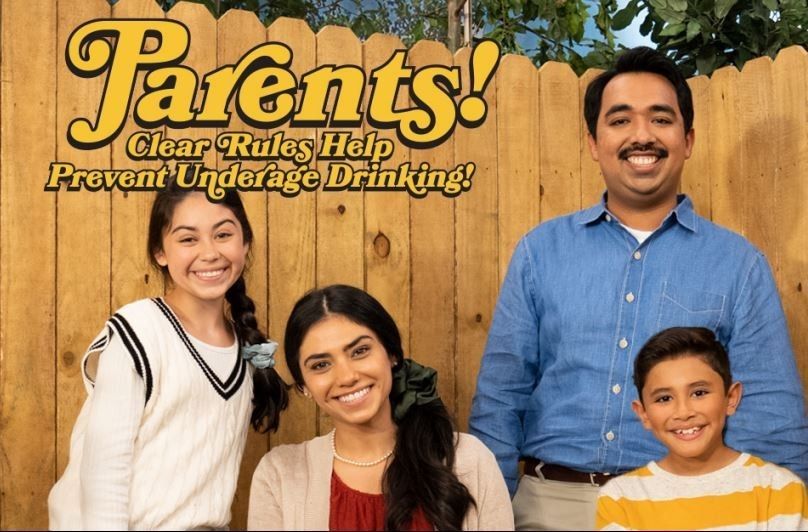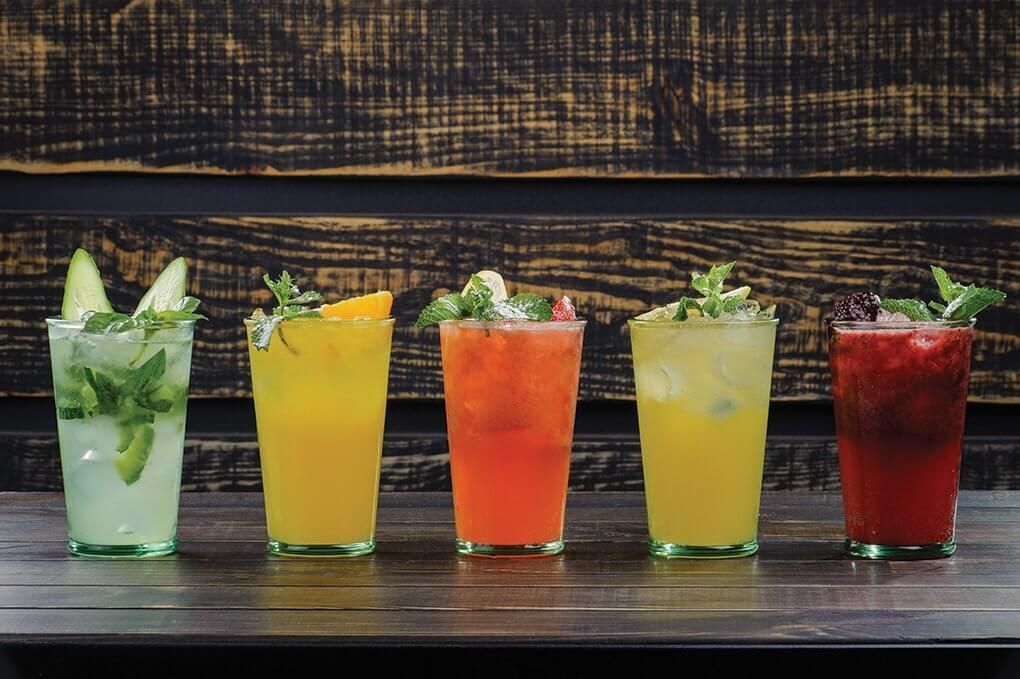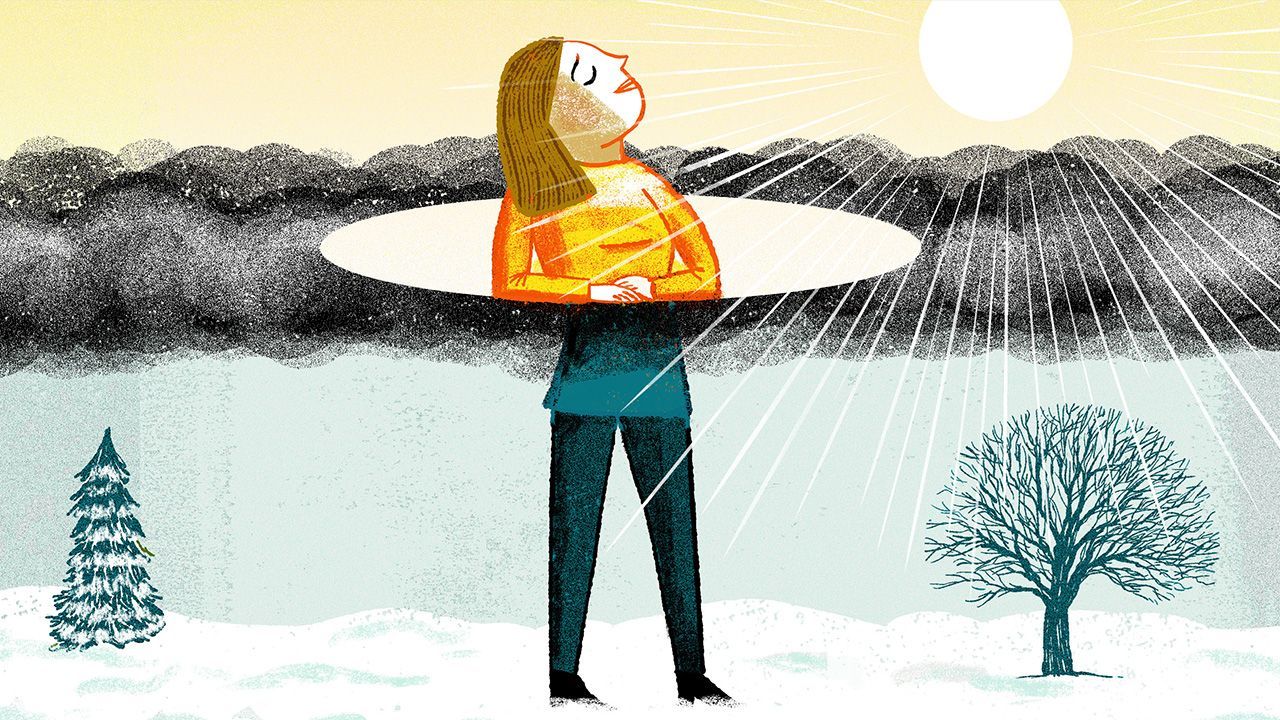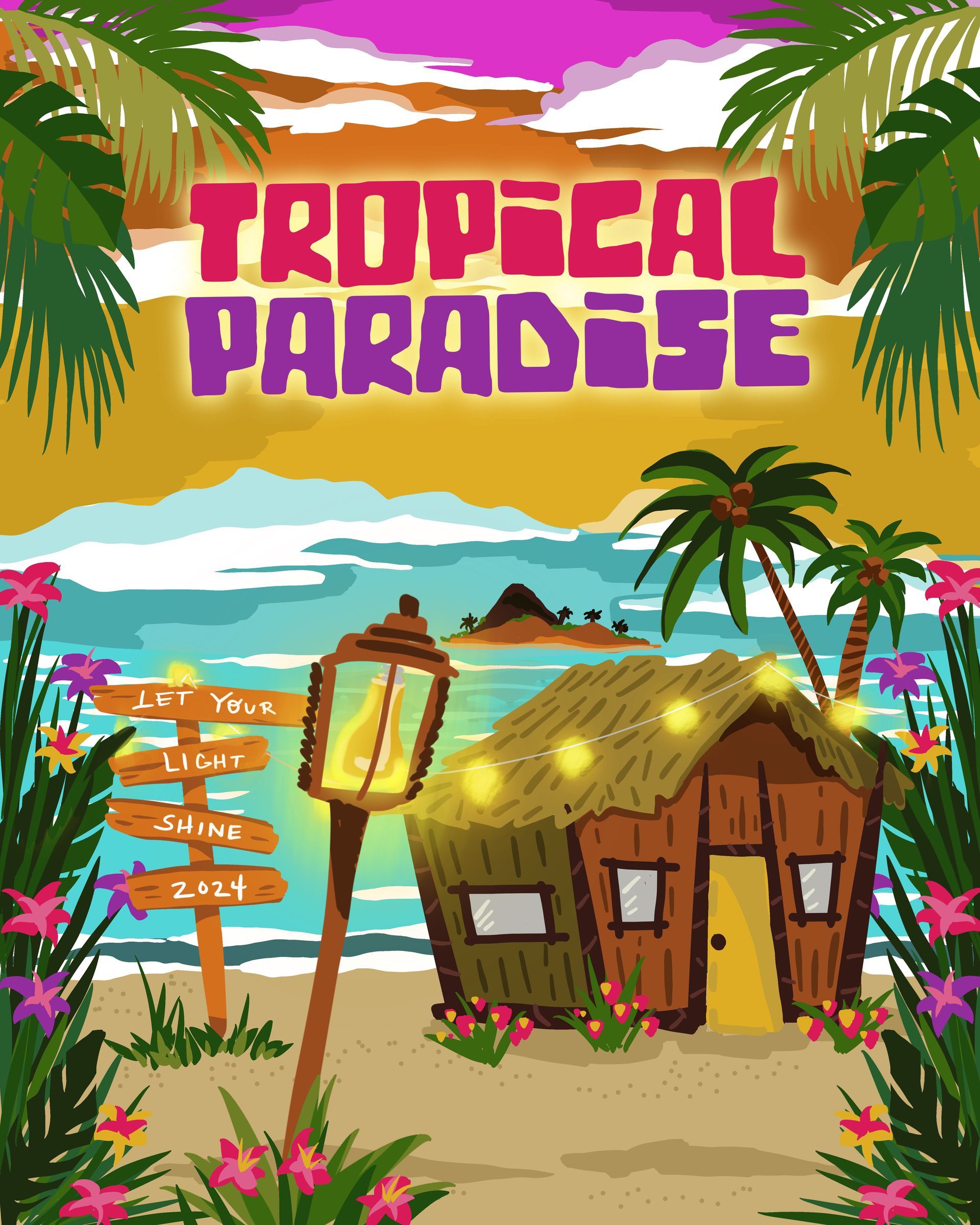
Have you ever noticed that Santa Claus is never seen drinking alcohol in public places? Never mind the 681,000,000 results for images of Santa and alcohol online. He’s an adult after all. It certainly could be argued that he deserves a nice glass of wine after his night of deliveries. Why is it that we never see Santa nestling a drink or slamming a shot? It’s actually against the law in Ohio to depict him in this way! Ohio Administrative Code 4301:1-44 (D)(4) says that “No advertising shall represent, portray or make any reference to Santa Claus.” Yep! It’s really there! I’ve included a link at the bottom for those that want to read it for themselves.
Now, why do you suppose that’s there? What does Ohio have against Santa drinking a little of the bubbly? Simple, this law doesn’t want children associating Santa with alcohol. Okay wait, what’s wrong with an adult drinking alcohol? This is a loaded question. The correct answer is ‘generally nothing’ however…the children are watching.
In 1999, PBS aired a documentary entitled, “The Children Are Watching.” Hosted by Jane Seymour, the story follows four families raising teenagers, and captures candid, often disturbing situations which reveal the direct connection between parents' behavior and the ways their kids are mirroring or reacting to that behavior. The video can’t be found anymore although ABC did a remake in 2008. I’ve included a link at the bottom for this 12-minute report on YouTube that was posted by Henry Cooper.
The sobering truth of the video and the Santa Law is that our kids really do watch what we do. So, as we go into the holidays, let me offer some suggestions for families:
DEVELOP FAMILY RULES ABOUT UNDERAGE DRINKING
Children that grow up in homes with clearly established “no alcohol” rules and expectations, are less likely to begin drinking. Each family should develop agreements about teen alcohol use that reflect their own beliefs and values. Some possible family rules about drinking are:
- Kids will not drink alcohol until they are 21.
- Older siblings will not encourage younger brothers or sisters to drink and will not give them alcohol.
- Kids will not stay at teen parties where alcohol is served.
- Kids will not ride in a car with a driver who has been drinking.


TIPS FOR HOSTING A HOLIDAY GATHERING (From NIAAA)
- Offer a variety of nonalcoholic drinks—water, juices, sparkling sodas. Nonalcoholic drinks help counteract the dehydrating effects of alcohol. Also, the other fluids may slow the rate of alcohol absorption into the body and reduce the peak alcohol concentration in the blood. They also provide your guests with alternatives to alcohol.
- Provide a variety of healthy foods and snacks. Food can slow the absorption of alcohol and reduce the peak level of alcohol in the body by about one-third. Food can also minimize stomach irritation and gastrointestinal distress the following day.
- Help your guests get home safely—use designated drivers, Ubers and taxis. Anyone getting behind the wheel of a car should not have ingested any alcohol.
- If you are a parent, understand the underage drinking laws—and set a good example.
So, this holiday season, do not underestimate the effects of alcohol, both internally and externally. Enjoy the holiday and all that it represents. Enjoy time with family, create positive memories that will be shared for years to come! And by all means, wait expectantly for Santa…
Rule 4301:1-1-44 - Ohio Administrative Code | Ohio Laws
The Children are Watching (Rare ABC Documentary) https://youtu.be/lXYuVXK7ZBU
Karita Nussbaum, PhD, LISW, LICDC has more than 30 years of experience working in the field of behavioral health, over 10 are with substance use. She is currently the Program Manager for the
Gemini Program which serves both mental health and substance use disorders at
Child & Adolescent Behavioral Health.
RECENT POSTS












